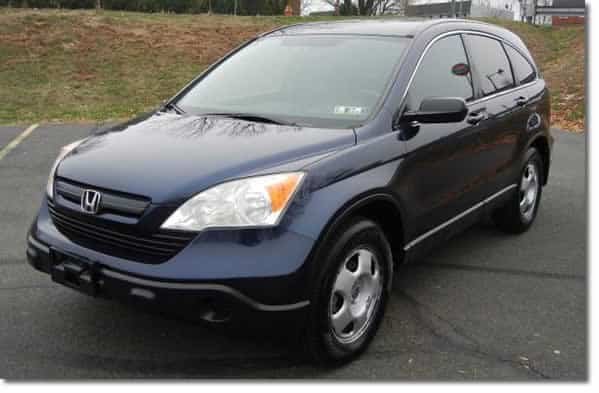6 months ago i decided to fix the ac. Hadn’t been working since i bought it. So i replaced the ac compressor not knowing i had to replace the ac condenser along with it. So i put in the proper amount of oil and Freon and it worked well for 6 months. It is a 2007 honda crv exl
AC Started acting funny
Started acting funny, by blowing out hot air randomly when ac was turned on. Well then the ac clutch locked up and smoked my serpentine belt right off. I took apart the ac compressor. My plan is to buy another ac clutch for the 6 month old compressor since its so new. And THIS TIME buy the condenser as well. Now i understand the particles can get caught in the condenser and make the ac compressor fail which probably happened with me. So my question is.. Can the particles be inside my 6 month old compressor and have the same effect? If so is there a way i can clean it out? i would REALLY like to not buy another compressor(NOT CHEAP) clutch kit is $40 then condenser $70 then more oil and Freon is another $40. Thanks in advance
You could try to flush the compressor since the warranty is void anyway. Make sure the clutch is locked up and not the compressor. If it is, you are buying a new one anyway. When you open the ac system it is recommended to flush it before installing new parts. I use AC Flush for this. It helps remove the old oil as well as any contaminants that might be present.
AIR CONDITIONING COMPRESSOR R&R
Do not install A/C compressor into a system unless you are completely sure that system is free of contamination. Installing A/C compressor into a contaminated system can result in premature A/C compressor failure.
- If A/C compressor is marginally operable, run engine at idle speed, and allow air conditioning work for a few minutes, then shut engine off.
- Recover refrigerant with a recovery/recycling/charging station.
- Remove drive belt.
- Remove front splash shield.
- Disconnect A/C compressor clutch connector (A). Remove bolt and nut, then disconnect suction hose (B) and discharge hose (C) from A/C compressor. Plug or cap lines immediately after disconnecting them to avoid moisture and dust contamination.
- Remove mounting bolts and A/C compressor (A). Be careful not to damage radiator fins when removing A/C compressor.
- Reverse procedure to install, noting following:
a. Inspect A/C lines for any signs of contamination.
b. Replace O-rings with new ones at each fitting, and apply a thin coat of refrigerant oil before installing them. Be sure to use correct O-rings for HFC-134a (R-134a) to avoid leakage. Use only refrigerant oil (SP-10) for HFC-134a SANDEN spiral type A/C compressors.
c. To avoid contamination, do not return oil to container once dispensed, and never mix it with other refrigerant oils.
d. Immediately after using oil, install cap on container, and seal it to avoid moisture absorption.
e. Do not spill refrigerant oil on vehicle; it may damage paint; if refrigerant oil contacts paint, wash it off immediately.
f. Be careful not to damage radiator fins when installing A/C compressor and A/C condenser fan shroud.
g. Charge system.
